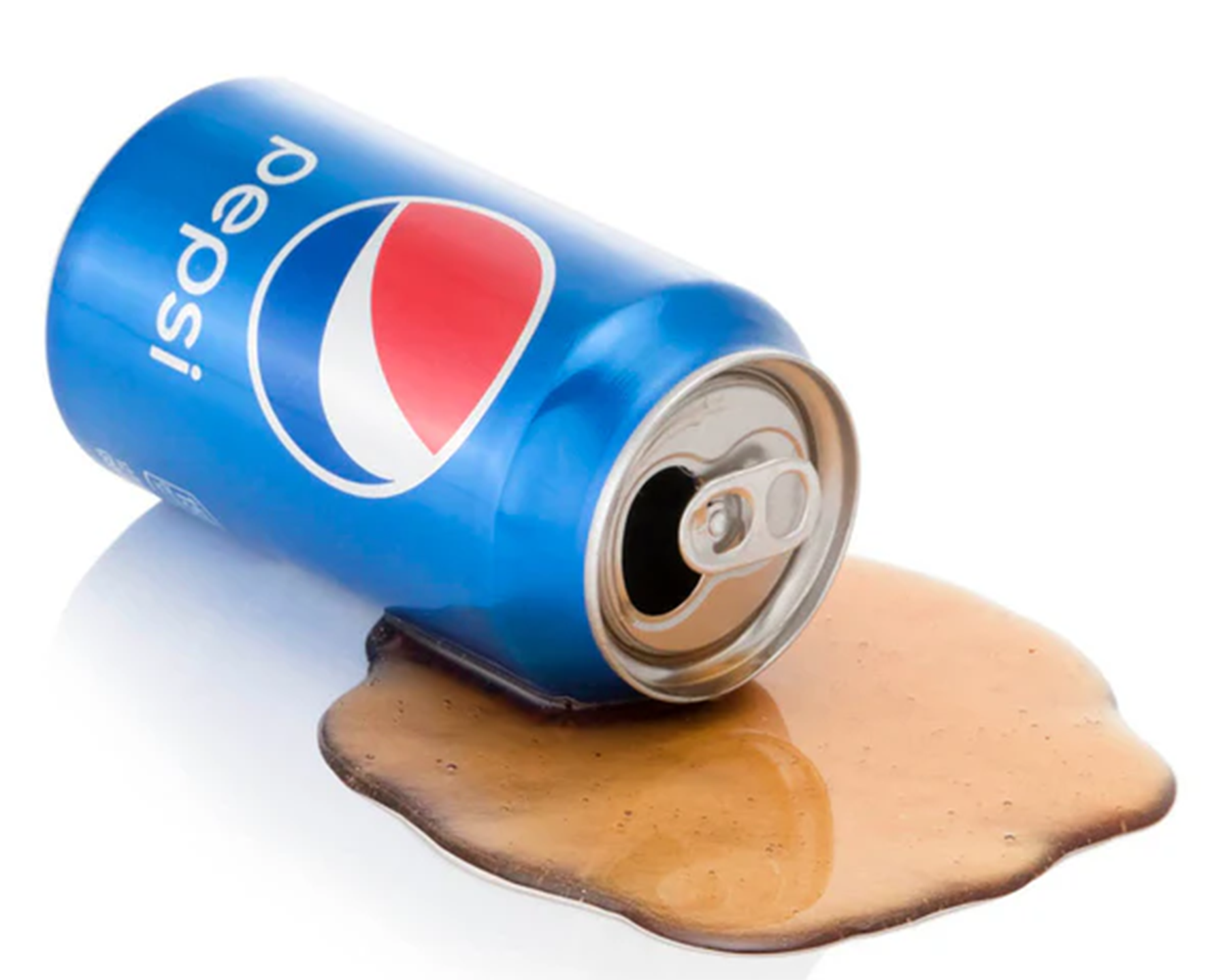In cooperation with Dr. John Michaels, MD, Virologist and Public Health Expert.
Drinking straight from a can may seem harmless, but research shows the surface could carry harmful bacteria from manufacturing, transport, and store shelves. Cans often encounter dust, insects, and dirty surfaces, exposing them to contamination.
What Lurks on Can Tops?
Studies from the Journal of Environmental Health found that 48% of beverage cans tested carried harmful bacteria, including:
- E. coli: Linked to food poisoning and stomach issues.
- Staphylococcus aureus: Causes skin and respiratory infections.
- Salmonella: A common source of foodborne illness.
Are These Bacteria Dangerous?
Drinking directly from a can puts your mouth in contact with these bacteria, increasing your risk of infections, including gastrointestinal and respiratory issues. Swab tests have found up to 2,000 colony-forming units (CFUs) of bacteria on a single can top—comparable to public restroom surfaces.
Protect Yourself: Simple Safety Tips
- Disinfect the can top thoroughly with soap and water or alcohol wipes.
- Use a drinking cap or cover to avoid contact with contaminated surfaces.
- Pour your drink into a clean glass or use a straw for extra safety.
Conclusion
Canned drinks are convenient, but their surfaces often carry hidden risks. Proper hygiene and protective measures can significantly reduce your exposure to harmful bacteria. Stay safe by making smart choices with how you enjoy your drinks.
 4.9 / 5
4.9 / 5

